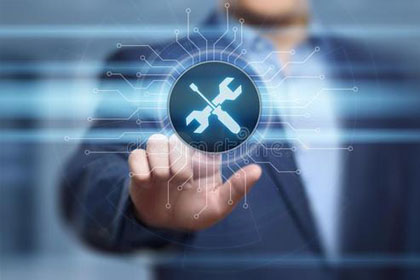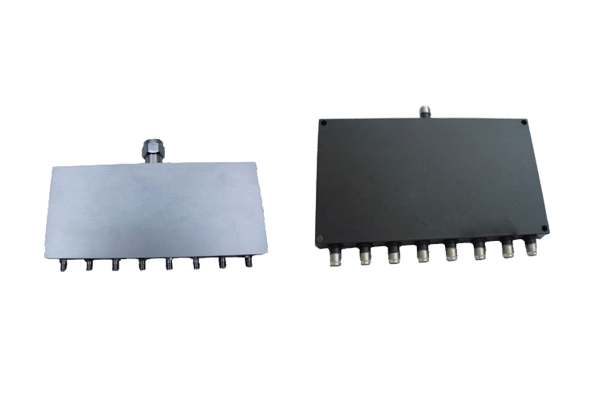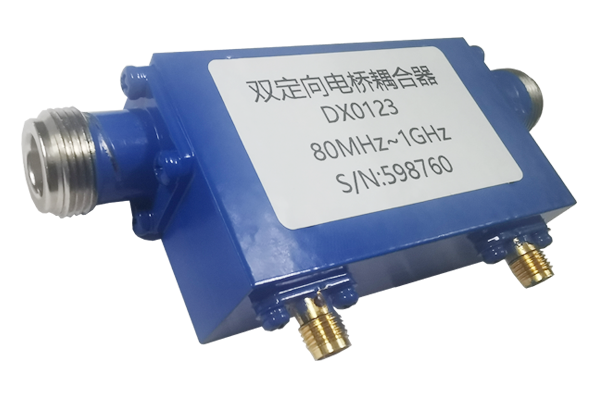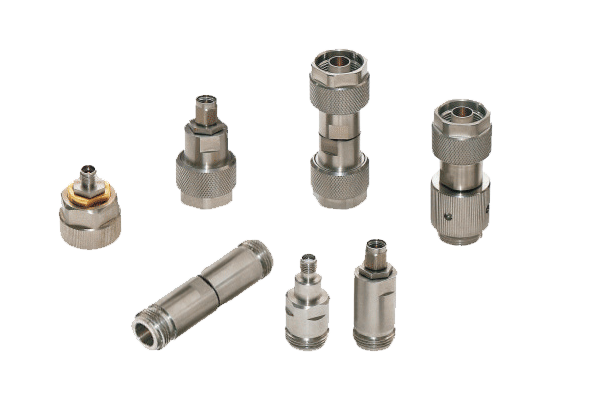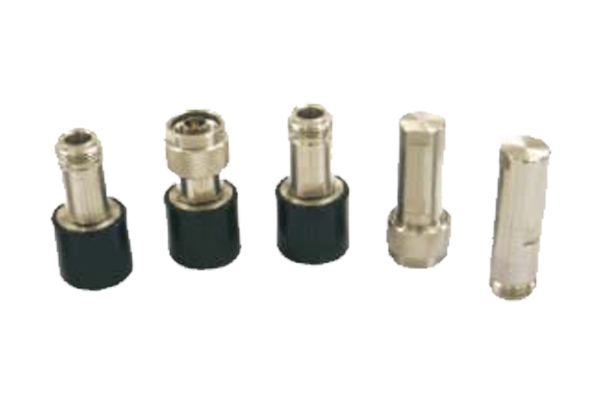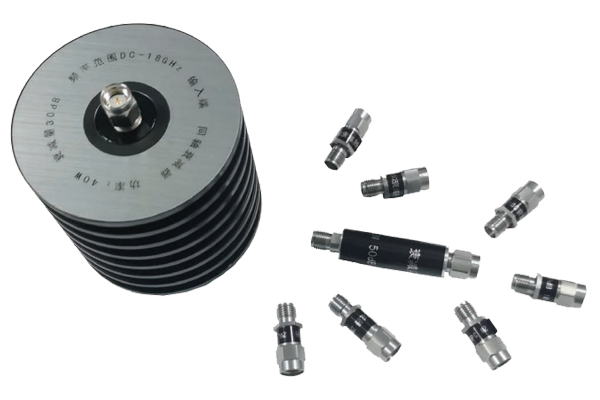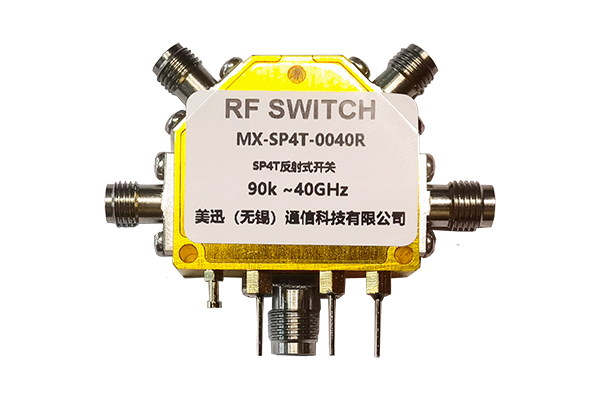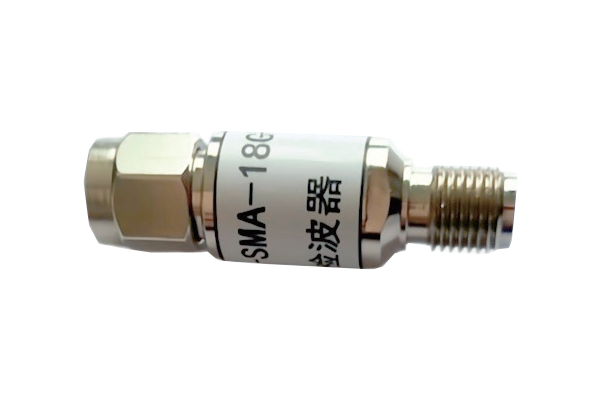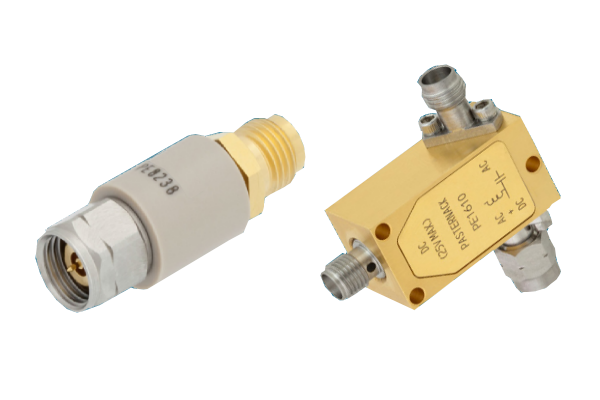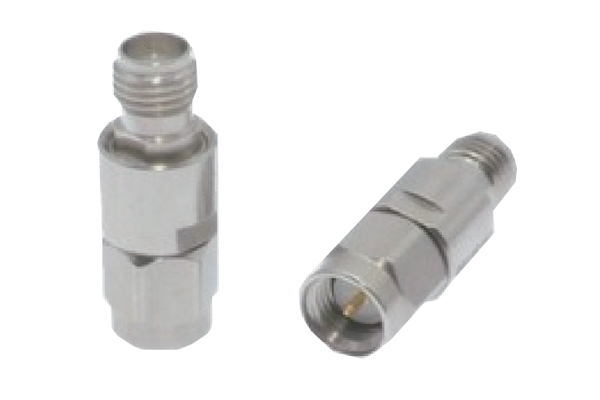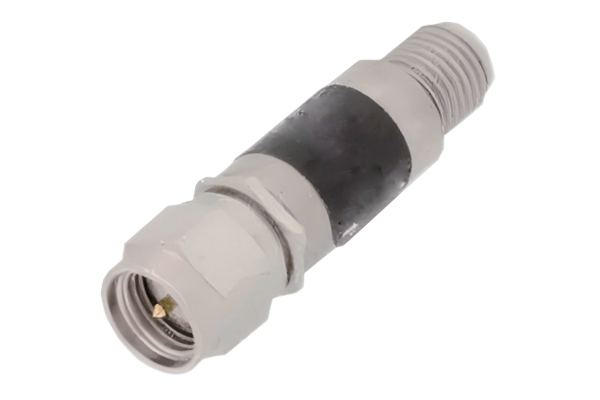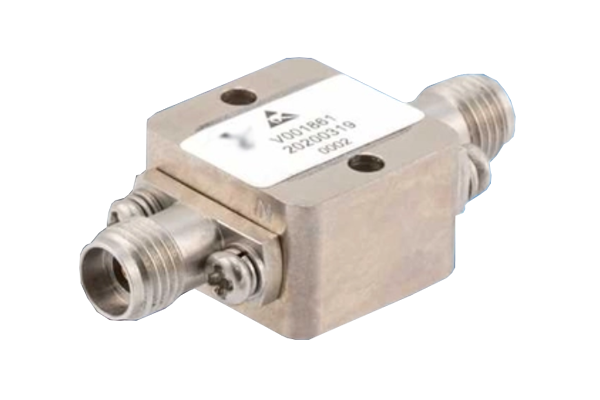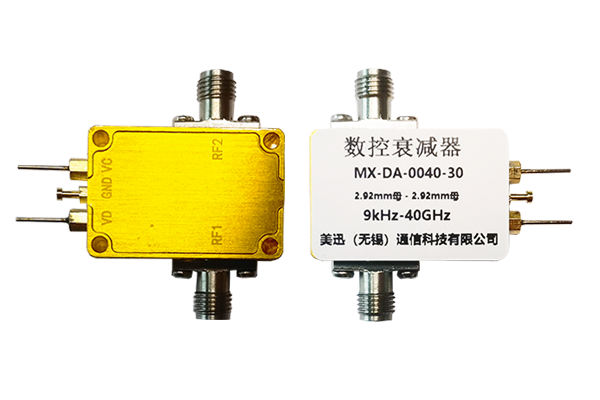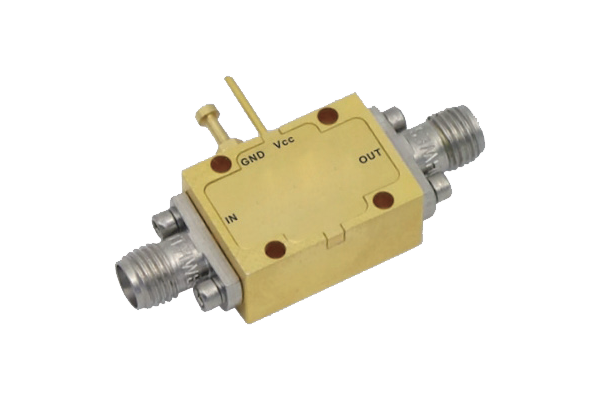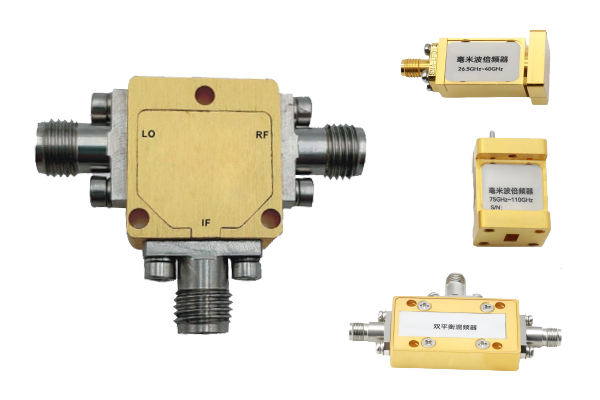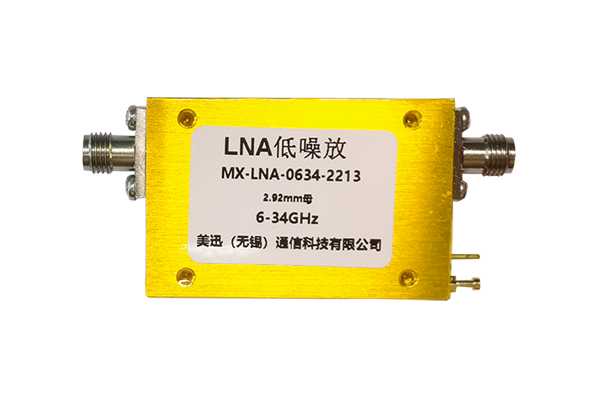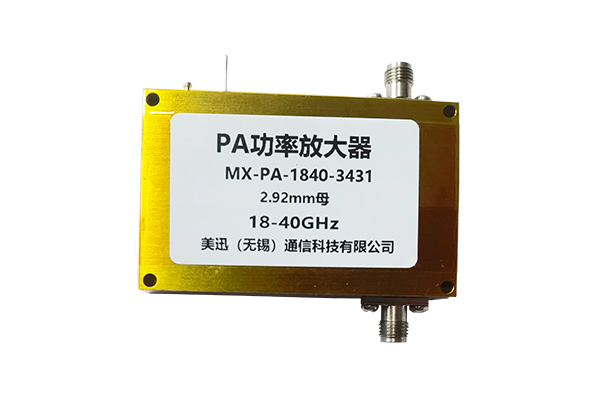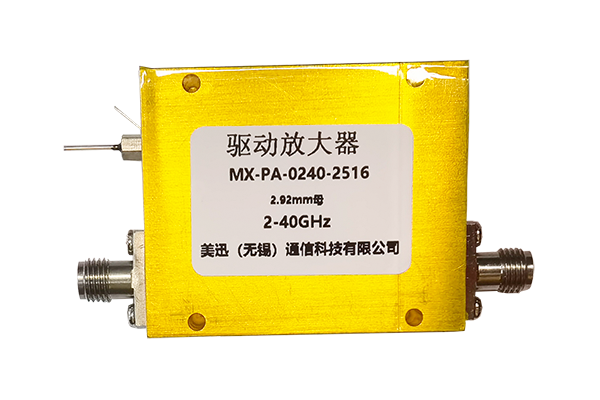How does a high power coupler achieve efficient power transfer
High Power Coupler Efficiency Mechanisms
1. Core Mechanism of Energy Coupling
-
Achieve efficient power transfer through controlled electromagnetic field interactions
-
Utilize transmission line structures (waveguide, microstrip, or coaxial designs)
-
Energy from main line couples to auxiliary ports via mutual inductance or capacitance
-
Optimized coupling transfers precise power portion without excessive loss
-
Engineered electromagnetic field distribution minimizes energy dissipation
Design Insight: The coupling ratio is carefully balanced to ensure most energy continues through the main path while a controlled fraction is directed to monitoring or secondary systems.
2. Optimized Design for Low Loss
-
Minimize resistance in conductors and dielectric losses in insulating materials
-
Impedance matching between ports ensures maximum power transfer
-
Symmetrical geometries and precise manufacturing tolerances maintain uniform field distribution
-
Directional structures isolate unwanted signals, ensuring energy flows only in intended paths
-
Prevent signal reflection that would otherwise dissipate energy as heat
3. High-Performance Material Selection
-
Conductors use high-conductivity metals (copper/silver) with gold plating
-
Dielectrics chosen for low loss tangents (PTFE or ceramic materials)
-
Special materials minimize energy absorption at high frequencies
-
Heat-resistant materials and cooling structures (heat sinks) prevent thermal degradation
-
Ensures stable operation under high power loads
Material Science: The combination of conductivity optimization and thermal management preserves efficiency across the full operational power spectrum.
4. Adaptive Performance Across Conditions
-
Broadband designs ensure consistent coupling efficiency over wide frequency ranges
-
Engineered to withstand peak loads without saturation or breakdown
-
Robust mechanical designs resist vibration and environmental stress
-
Prevents misalignment or material degradation over time
-
Maintains efficient power transfer across varying operating conditions

